What is Oshinko and How to Make Oshinko Roll
on Dec 17, 2022, Updated Nov 21, 2023
This post may contain affiliate links. Please read my disclosure policy.
Oshinko is Japanese pickled vegetables packed with delicious flavors. My favorite is yellow radish (daikon) Oshinko – sweet, savory and refreshingly crunchy! They’re often rolled in sushi rice and seaweed sheet to make vegetarian Oshinko roll, or used as a side dish to accompany main dishes.
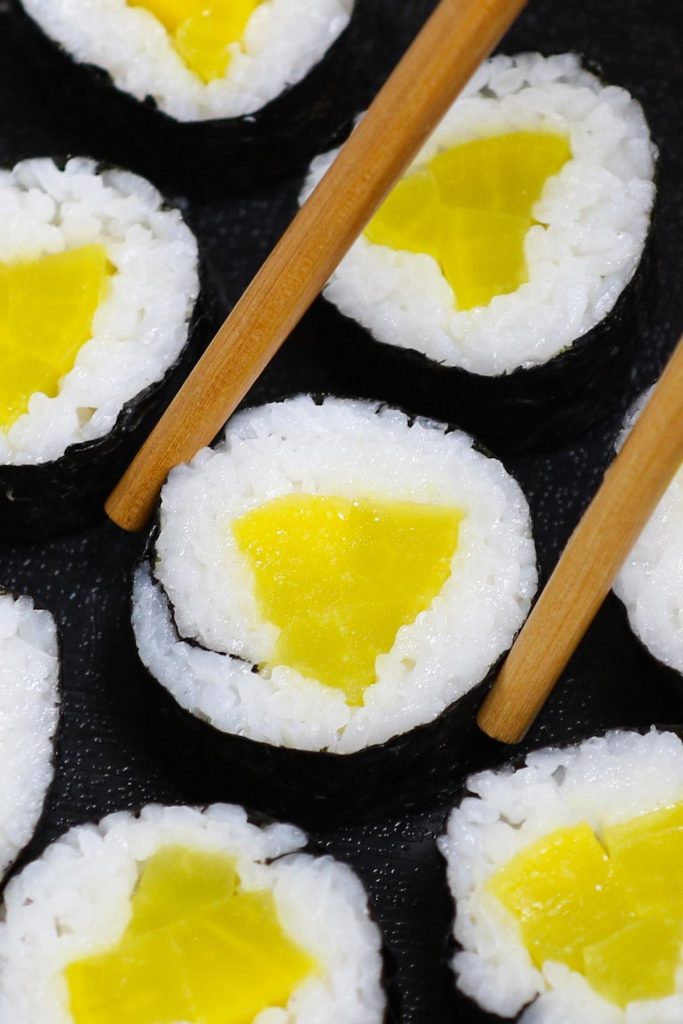
What is Oshinko?
Oshinko means “fragrant dish” in Japanese, and refers to a variety of Japanese pickled vegetables such as radish, cucumber, and cabbage, although in the U.S. it’s almost synonymous with Takuan, the pickled daikon radish.
Oshinko daikon radish is made with salt, sugar, vinegar, and other optional seasonings such as sake and red chili pepper. Sometimes turmeric, saffron, or food coloring is used to give the pickled radish bright yellow color.
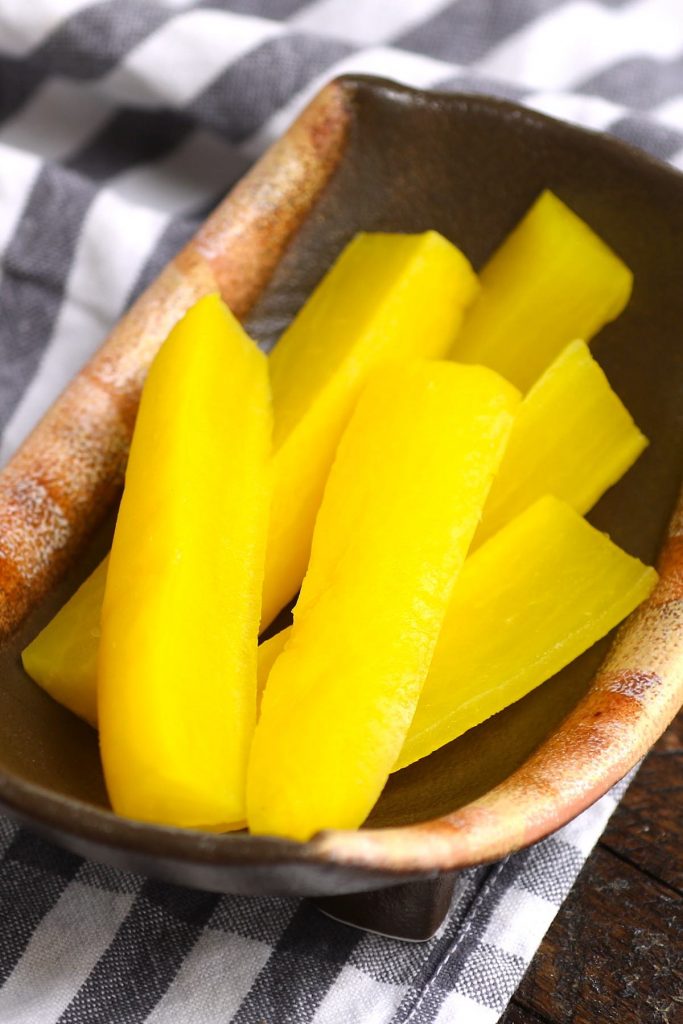
Ways to use Oshinko
I find the most common way to use it in the U.S. is in a sushi roll. When it’s used as a single filing in a roll, it’s called Oshinko Maki or Oshinko sushi roll. It can also be used as an addition to other fillings in Futomaki or Uramaki rolls.
In Japan, they’re served with almost every traditional meal alongside rice and miso soup, and are considered as a necessary accompaniment to Japanese meals. They can also be used as a garnish, relish or condiment due to their unique flavors.
Oshinko Roll
Oshinko rolls are filled with yellow pickled radish, rolled in sushi rice and nori seaweed sheet, and then sliced into bite-sized pieces. It has the perfect balance of sweet, savory, and tangy flavor. I love the combination of fluffy sushi rice and crunchy pickled radish – so refreshing and satisfying!
It’s my favorite vegan sushi roll recipe and my kids love it too! Plus, it only has 3 ingredients and is really easy to make at home!
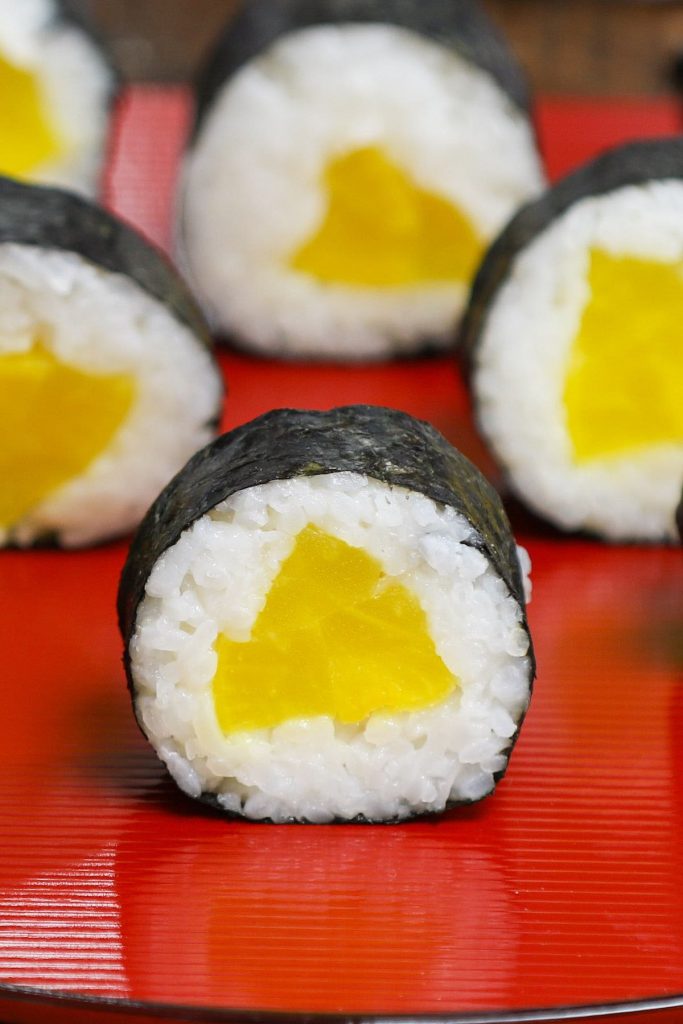
How to make Oshinko
Oshinko is very easy to make at home, and all you need is a few simple ingredients:
- 1 lb daikon radish (or other vegetables)
- 2 tablespoons rice vinegar
- 1 tablespoon salt
- 1/3 cup sugar
Make sure to select good daikon (looks like a large white carrot) with smooth skin and it should feel heavy. You can add other seasonings such as red chili pepper and sake. If you prefer to have yellow pickled radish, you can use saffron or turmeric. Alternatively, you can add some yellow food coloring.
To make Oshinko yellow pickles, first peel the daikon and cut it into thin strips. Then place all ingredients into a container and mix well. Cover with the lid and place it in the refrigerator. It’s ready for 2 days, but you can store it in the refrigerator for up to 1 month.
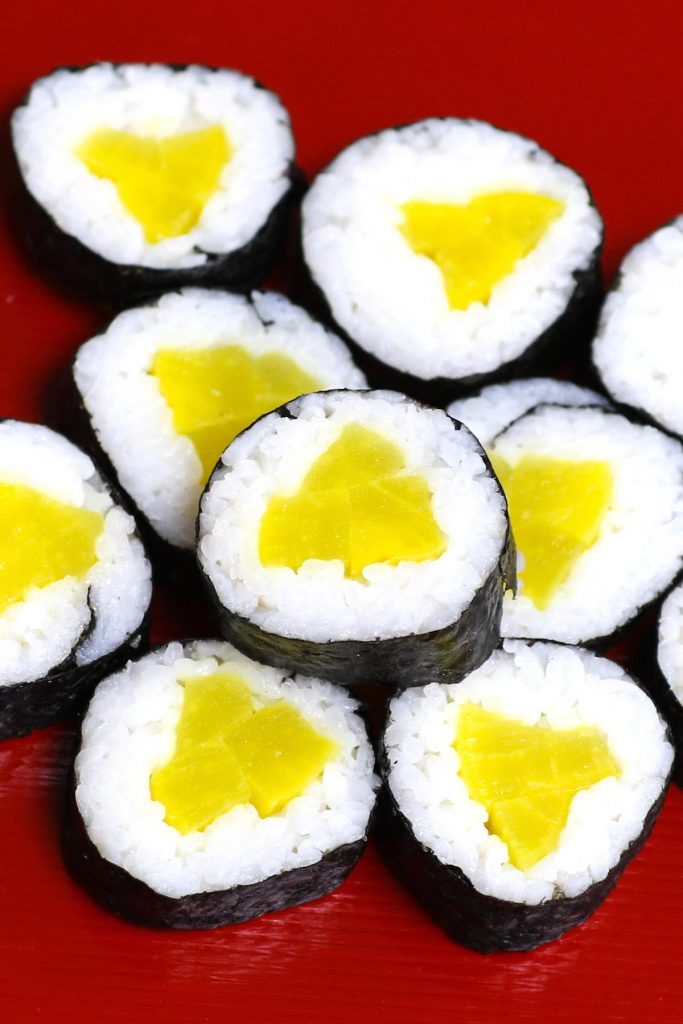
How to make Oshinko maki roll
Oshinko roll is essentially made with only 3 ingredients:
- Yellow pickled radish: If you don’t want to make your own, you can buy it at local Asian grocery store or on Amazon.
- Sushi Rice: It’s best to use Japanese short grain rice for the best result.
- Nori (seaweed sheets)
You’ll also need a sushi rolling mat to make the sushi for the best-looking rolls.
Step 1: Make the sushi rice
I recommend using high-quality short grain rice for this recipe. Good sushi rice will stay fluffy even after it’s tightly rolled.
Wash the rice with cold water until the water runs clear. Then add the rice and water to the rice maker. Cook according to the instruction. Once cooked, transfer the hot rice to a large bowl and let it cool down slightly. When it’s still very warm, stir in the sushi vinegar (the mixture of rice vinegar, sugar, and salt). Mix well.
Step 2: Prepare Oshinko
Cut your pickled radish lengthwise into 1/4-inch thick strips.
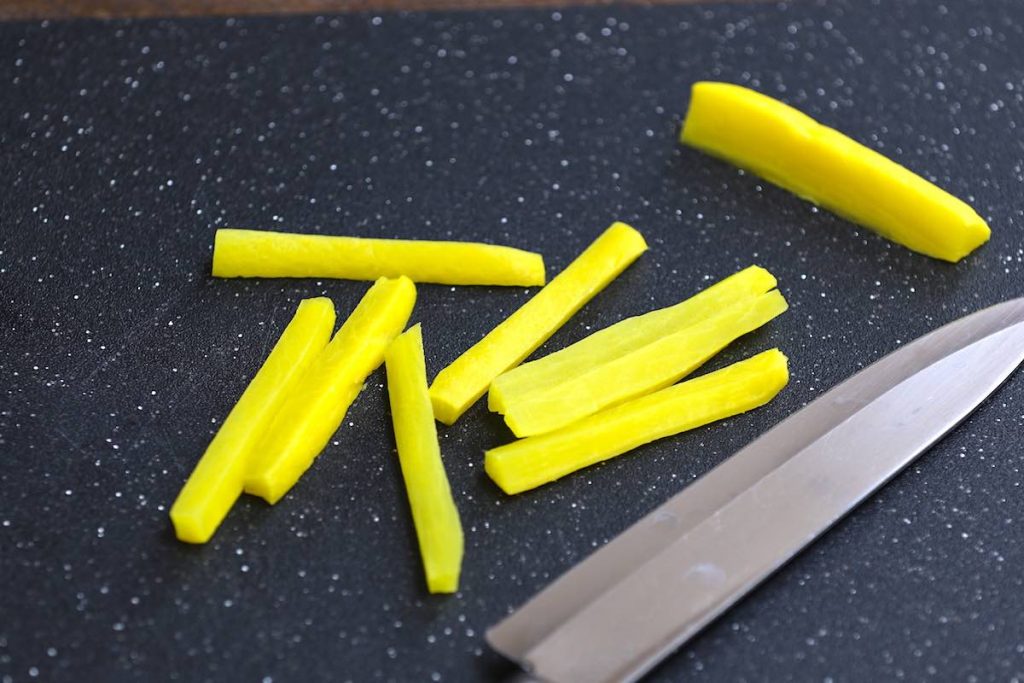
Step 3: Roll the sushi
For this recipe, I cut off 1/4 of the seaweed sheet, so that my rolls are not too big.
Then lay out your bamboo mat with an optional piece of plastic wrap on top, to keep the mat clean. Then place the nori sheet on top of the bamboo shining side facing down. Evenly spread rice over the sheet while leaving ½ inch at the top of the sheet. Place pickled radish on top of the rice (see the photo below).
Place the thumbs underneath the bamboo mat and lift the edge up and over the filling. Roll the bamboo mat away from you and press the rice and filling together.
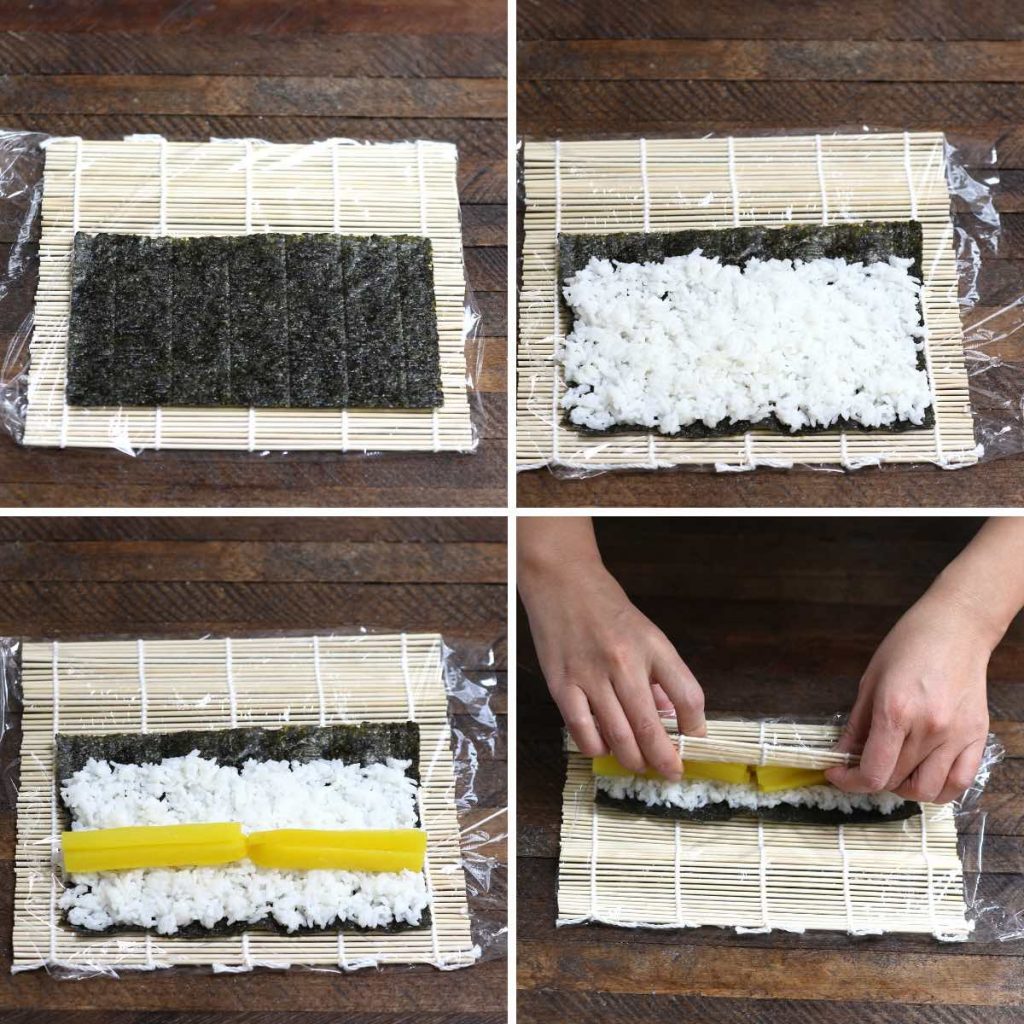
Pro tip: To prevent rice from sticking to your hands, you can wet your hands in Tezu, a hand dipping liquid made with ¼ cup water and 2 teaspoons rice vinegar.
What does Oshinko taste like?
It has a unique flavor: sweet, savory and tangy. Oshinko radish is crunchy and tastes refreshing. Japanese always eat picked vegetables with rice, as the tangy sweet pickles and plain rice complement each other very well. As it has concentrated flavors, Oshinko is not meant to be served alone like a salad.
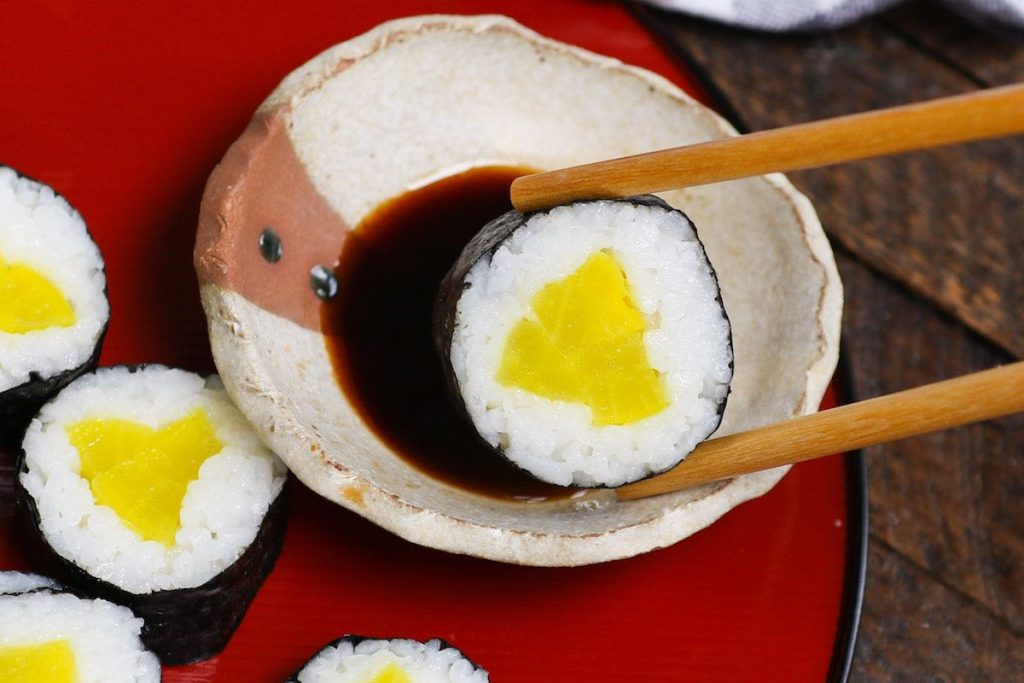
Other Vegetarian Sushi Rolls You May Like:
- Sweet Potato Sushi Roll
- Cucumber Roll
- Avocado and Mango Sushi Roll
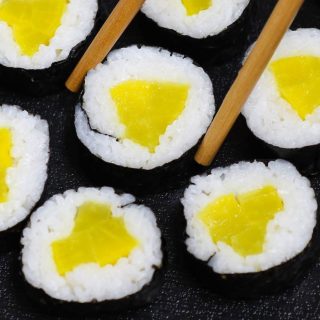
Best Oshinko Roll Recipe
Equipment
- Sushi Rolling Mat
Ingredients
For sushi rice:
- 1 cup sushi rice, Japanese short grain rice such as California Calrose
- 1 cup water
- 1 ½ tablespoons sushi vinegar, or mixing 2 tablespoons rice vinegar, 1 tablespoon sugar, and 1 teaspoon salt
Oshinko sushi rolls:
- 10 ounces yellow pickled radish (Takuan)
- 4 sheets nori seaweed sheet
Optional for Serving:
- soy sauce
- Wasabi paste
Instructions
Make the sushi rice
- Wash the rice with cold water until the water runs clear. Add the rice and water to the rice maker and cook according to the instruction.
- Once cooked, transfer the hot rice to a large bowl and let it cool down slightly. When it’s still very warm, stir in the sushi vinegar (the mixture of rice vinegar, sugar, and salt). Set aside.
Make Oshinko sushi rolls
- Cut the picked radish lengthwise into 1/4-inch thick strips.
- Lay out the bamboo mat with a piece of plastic wrap on top (this will make clean up easier).
- Cut off 1/4 of the seaweed sheet. Then place the rest of the nori sheet on top of the bamboo, shinning side facing down.
- Take 3/4 cup of cooked rice and evenly spread over nori while leaving ½ inch at the top of the sheet. (You can dip your hand in Tezu vinegar water* to prevent sticking.)
- Place pickled radish strips on top of the rice. (As my radish is short, I use 6 strips for each roll. If yours is as long as the seaweed sheet, you'll only need 3 strips.)
- Place the thumbs underneath the bamboo mat and lift the edge up and over the filling.
- Roll the bamboo mat away from you and press the rice and filling together firmly.
- Serve with soy sauce and wasabi if desired.
Notes
- * Tezu water for dipping hands: Mix together 1/4 cup water and 2 teaspoon rice vinegar.
- Don’t put warm sushi rice to the fridge to cool down as this will affect the taste and texture.
- Calories information: An 8-piece roll has 185 calories, with each piece about 23 calories.
Nutrition
Nutrition information provided is an estimate only and will vary based on ingredient brands and cooking methods used.
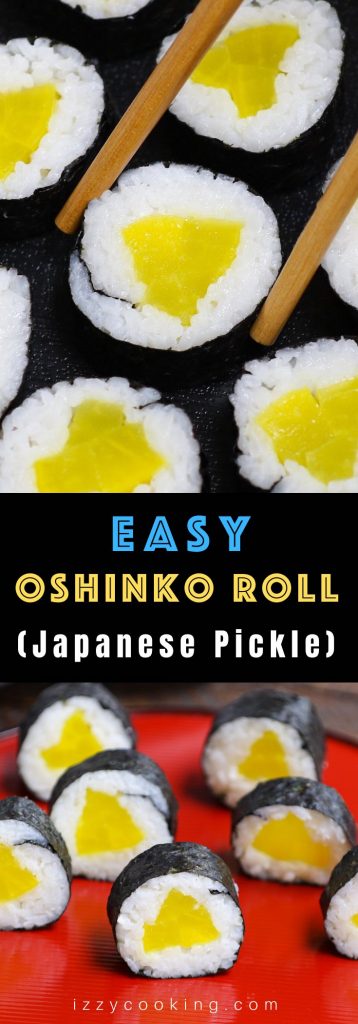
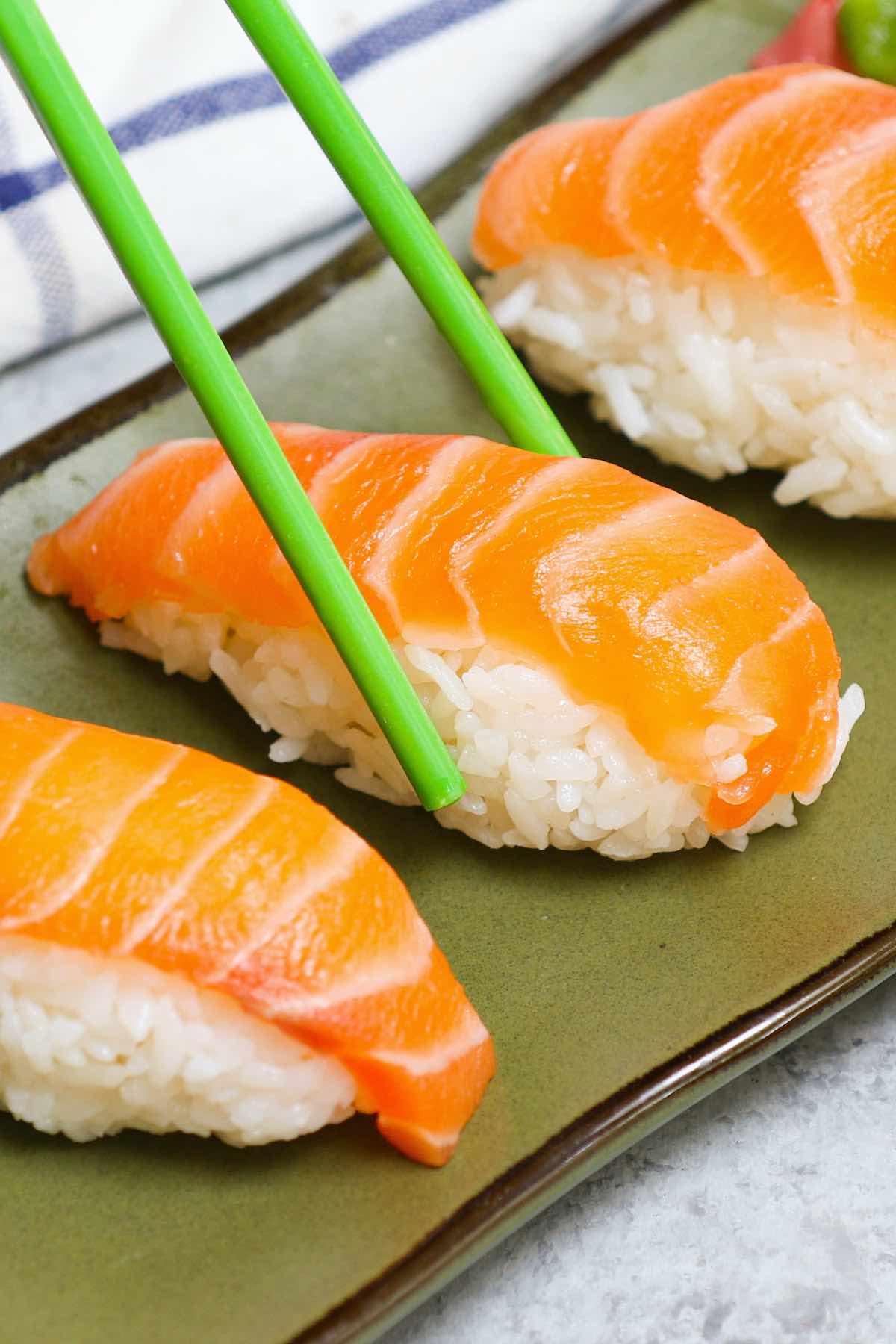
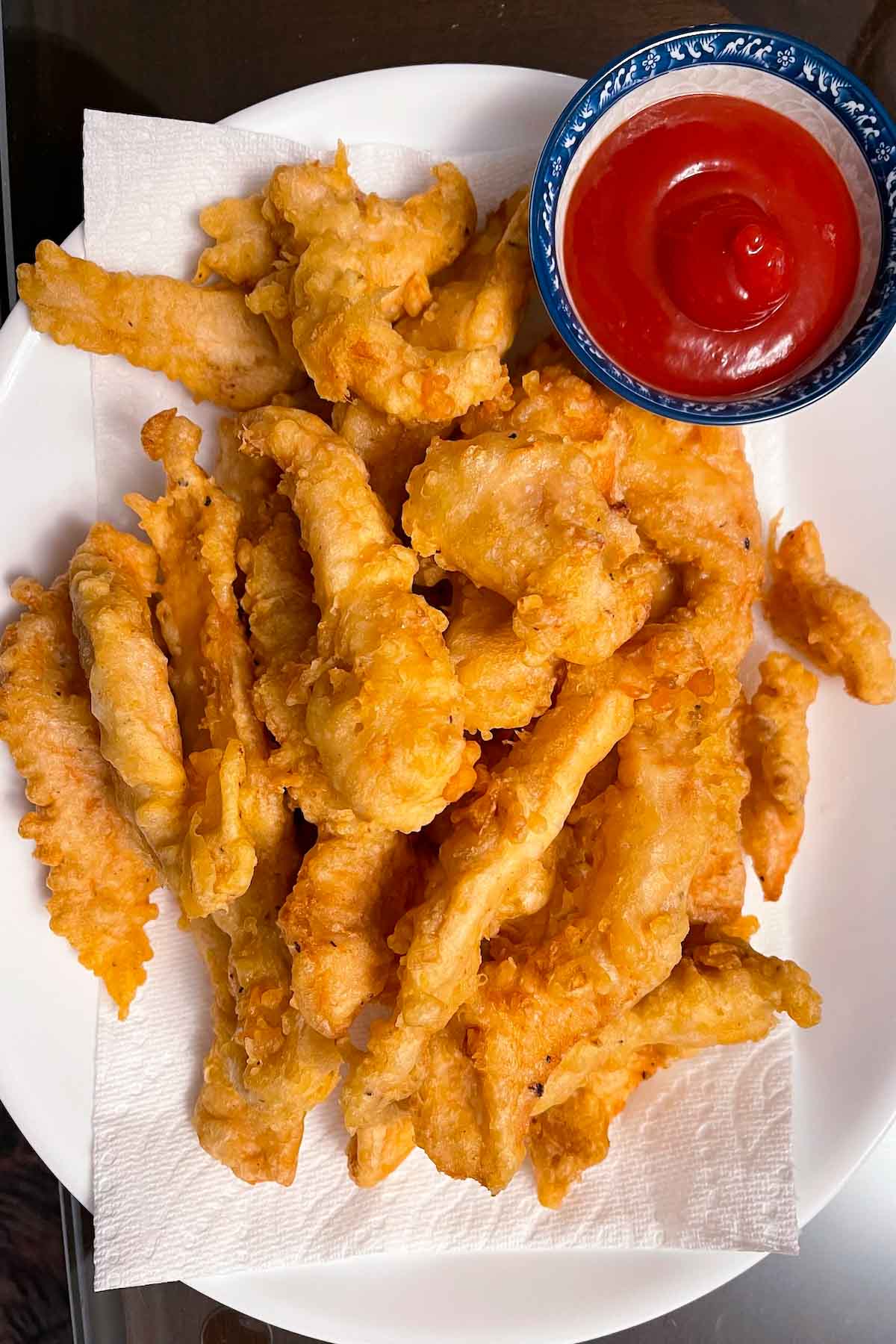
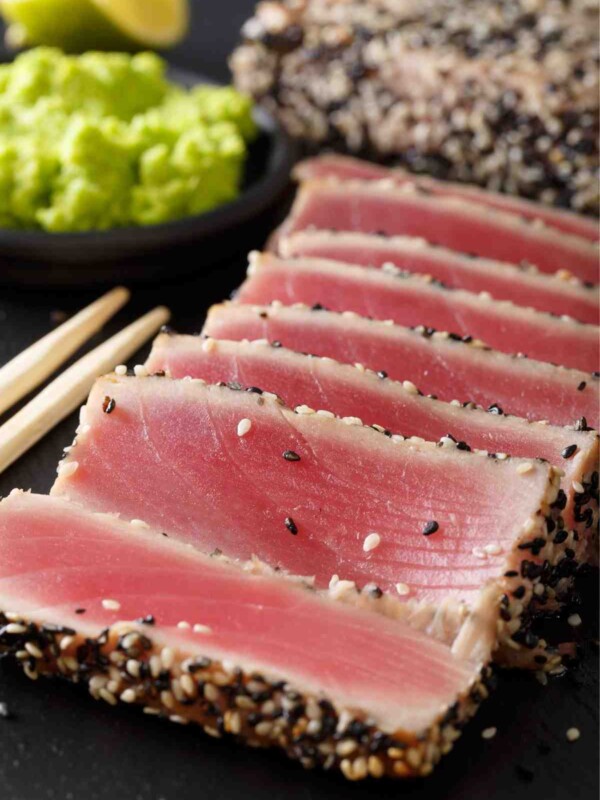
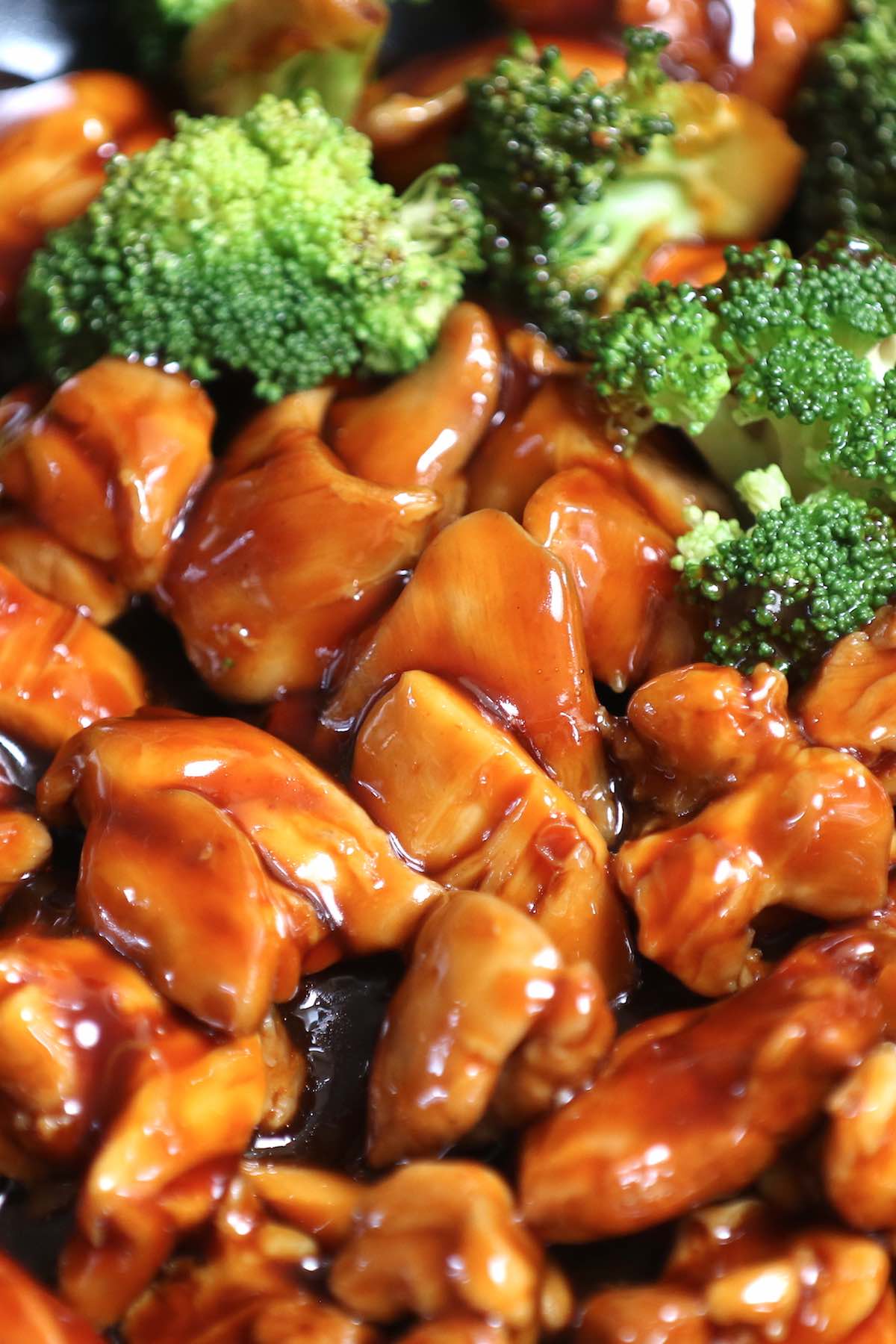
I think adding avocados to the oshinko will make it perfect
Yes, it’s a great idea. It will be crunchy and creamy!
My favorite. I recently drove 30 minutes to an old favorite sushi place just for the futomaki. The new chef doesn’t put oshinko in it!! Ruined my dinner lol